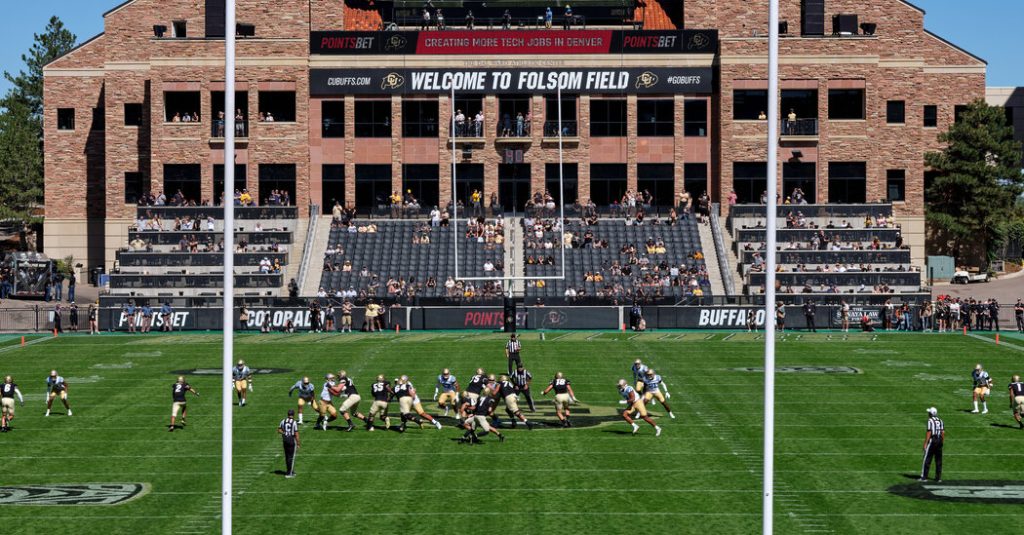Brent Jacquette, a former collegiate soccer player and coach, who is now an executive at a consulting firm for athletic recruiting, expressed anxiety and uncertainty about the implications of the NCAA’s $2.8 billion settlement in a class-action antitrust lawsuit. The settlement would allow Division 1 athletes to be paid directly by their schools for playing sports, marking a historic shift in collegiate athletics. While the settlement presents potential opportunities for athletes to earn compensation beyond athletic scholarships, concerns have been raised about the financial implications for smaller institutions and lower-profile sports programs. Some schools and conferences, including smaller ones like the Big East, worry about shouldering an unfair burden of costs involved in revenue sharing.
Questions have also emerged about how female athletes will be fairly compensated under the settlement, as Title IX prohibits sex-based discrimination in educational settings. Critics have raised concerns about the potential impact on smaller sports programs and the need for larger conferences with higher revenues to cover more of the costs. Terry Connor, the athletic director at Thomas More University in Kentucky, acknowledged that the reality of revenue sharing felt somewhat distant for his Division II school but emphasized the broader implications for college sports as a whole. The settlement represents the latest in a series of significant changes at the NCAA, prompting questions about how institutions will adapt to this new landscape.
Despite the landmark nature of the settlement, there is a recognition that the full impact remains uncertain until the details are released. Sam C. Ehrlich, a professor at Boise State University who has written extensively about college athletes, emphasized that while the settlement is a milestone, it should not be viewed as the final resolution for college sports. The evolving legal landscape, including the Supreme Court’s ruling allowing payments to college athletes and the pending Johnson v. NCAA case regarding employee classification, suggests that the NCAA and college sports face ongoing challenges and changes in the coming years. Ehrlich noted that the settlement represents a significant moment but does not signal the end of the road for reforms and debates surrounding athlete compensation.
Brent Jacquette highlighted the potential impact of the settlement on coaches and athletes at smaller institutions as well as on families navigating the complexities of new payment arrangements for college athletes. With revenue sharing and name, image, and likeness opportunities opening up for student-athletes, there are growing uncertainties and questions about how these changes will play out in practice. From concerns about financial burdens to issues of fair compensation for female athletes, the settlement has sparked a range of reactions and discussions across the collegiate sports landscape. As institutions grapple with the implications of the settlement, the need for ongoing adaptation and dialogue in the realm of college athletics remains a pressing issue.
The unprecedented nature of the settlement has left many stakeholders in collegiate sports feeling unsettled and anxious about the future landscape of NCAA athletics. The possibility of revenue sharing and direct payment to athletes represents a significant departure from traditional compensation models, raising questions about financial equity, legal implications, and the broader evolution of college sports. While the settlement marks a significant step forward in the ongoing debate over athlete compensation, it also underscores the complex challenges and uncertainties that lie ahead as the NCAA continues to navigate a changing and dynamic environment. As colleges and universities grapple with the implications of the settlement, the need for ongoing dialogue, adaptation, and collaboration remains essential in shaping the future of collegiate athletics.


